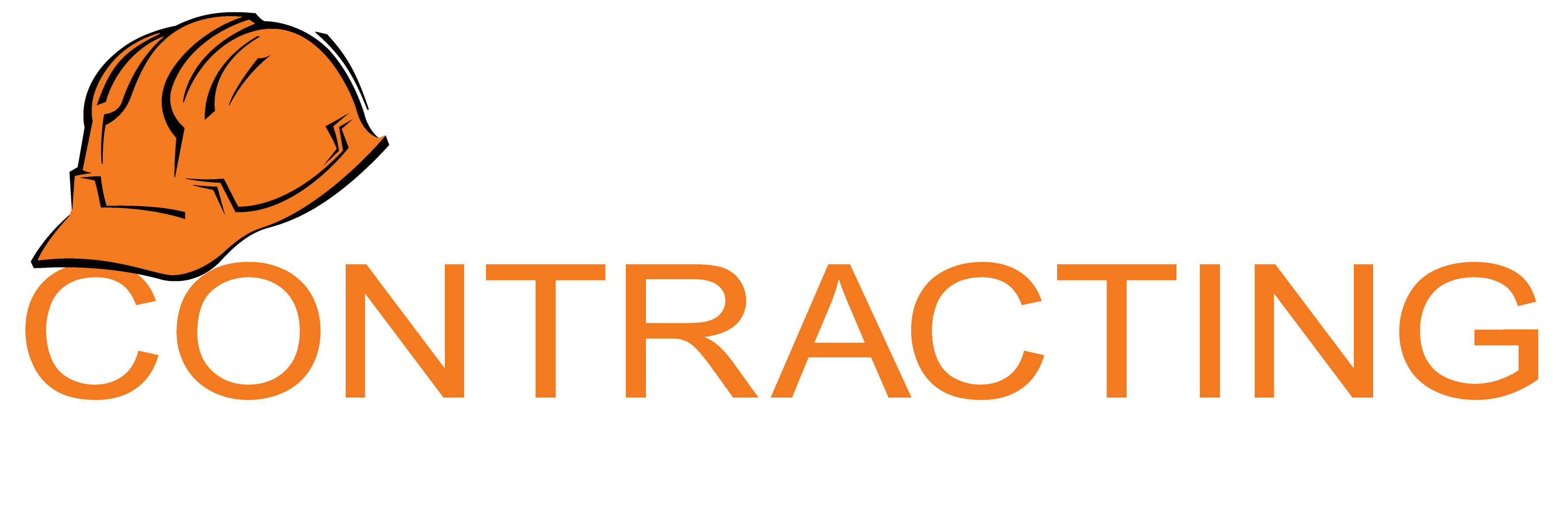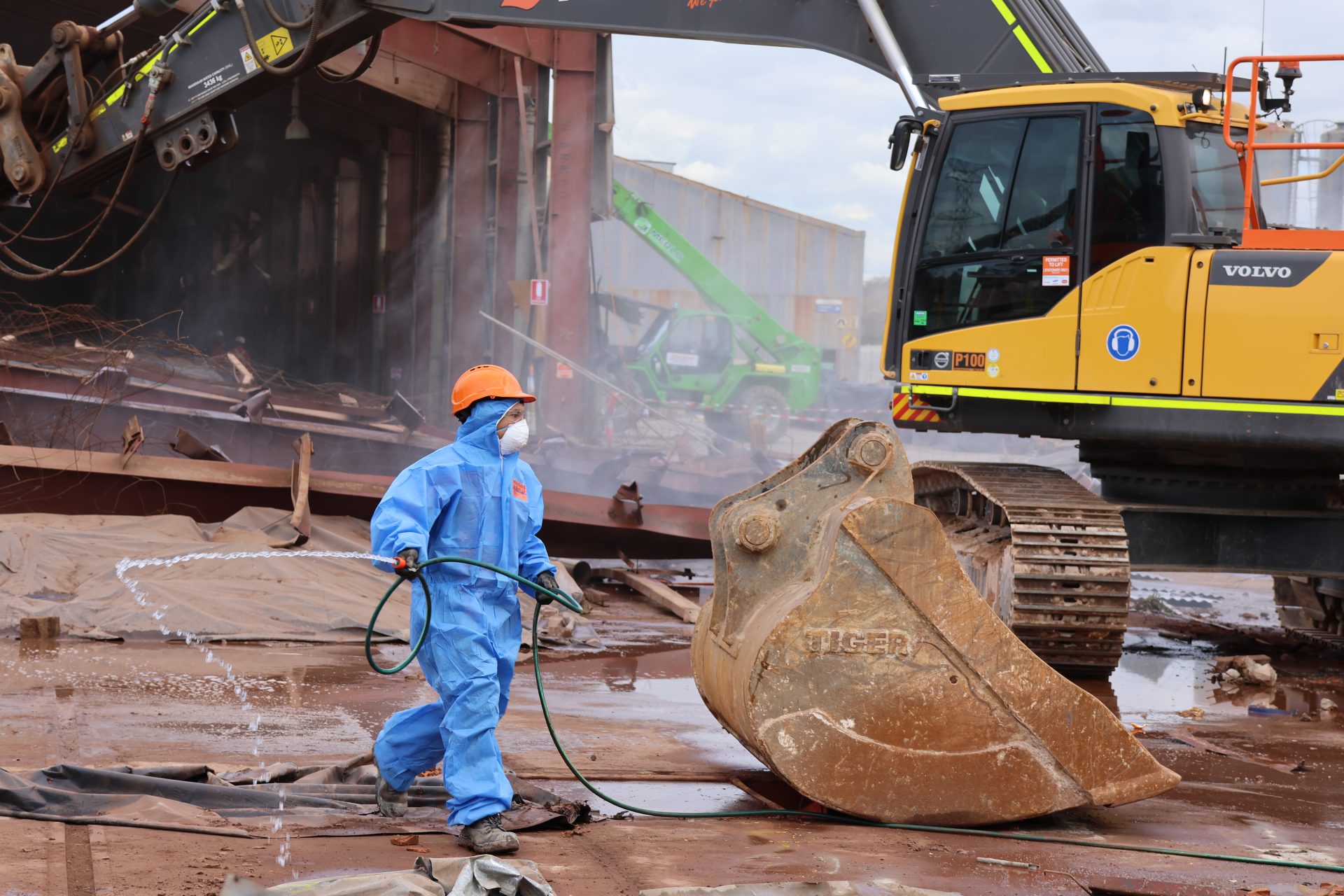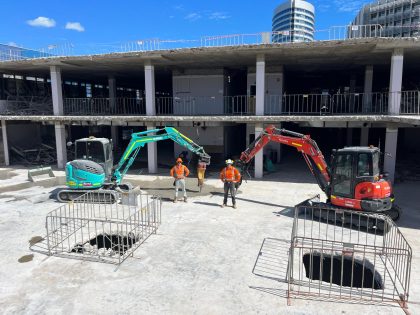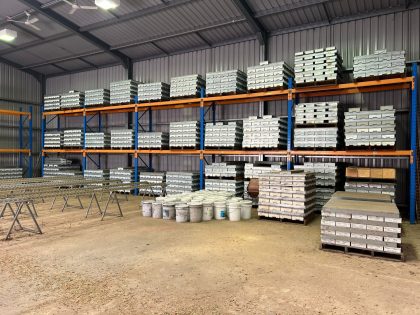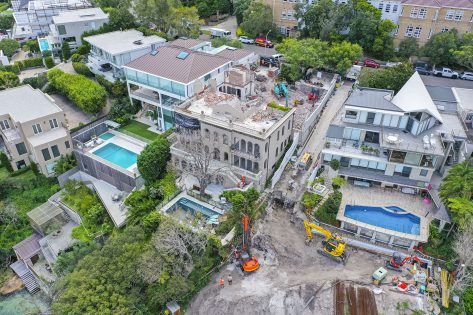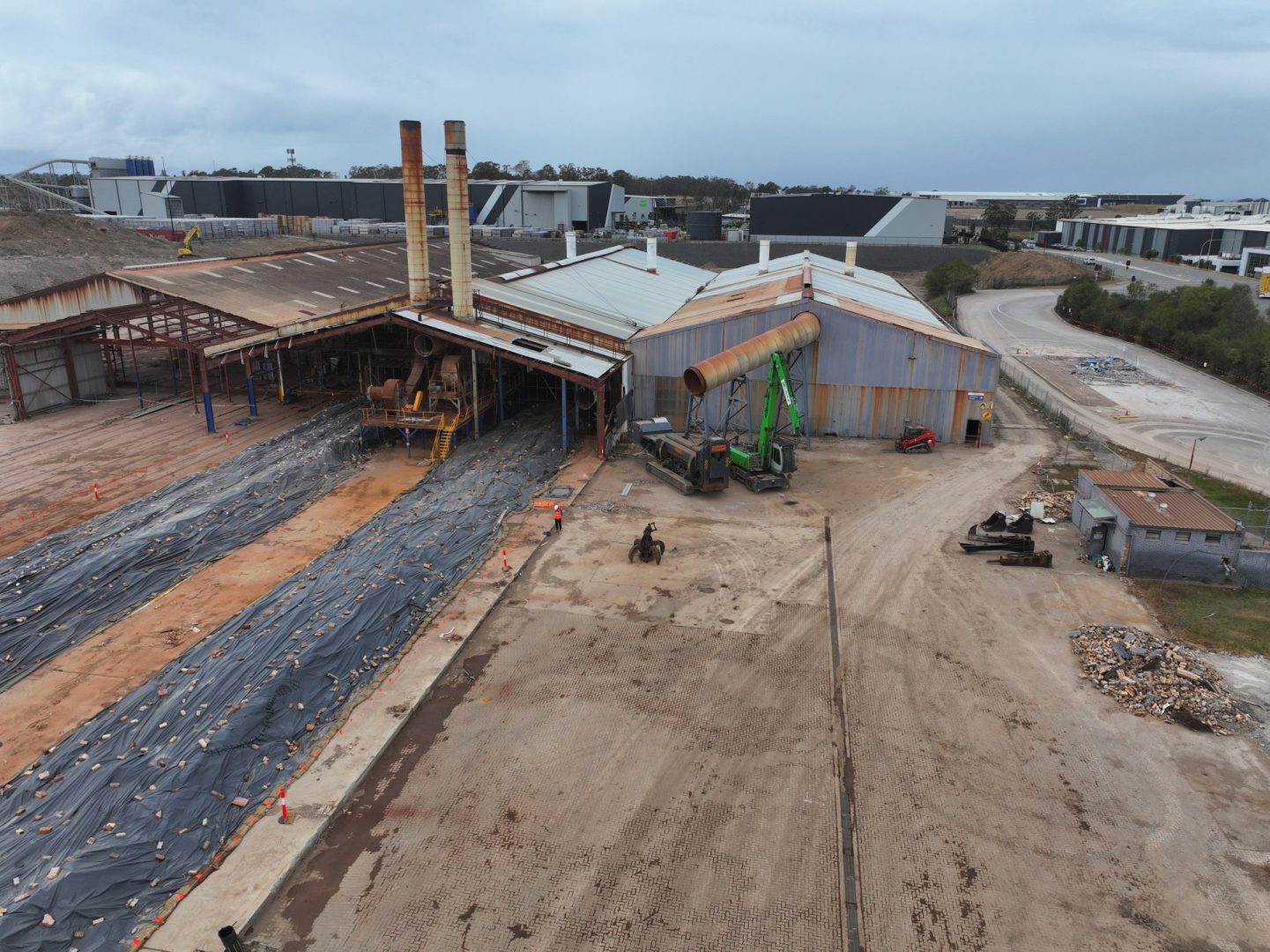
This case study examines the remediation efforts undertaken by Perfect Contracting to tackle significant PCB contamination at the old Austral Plant 3 located in Horsley Park. Given the hazardous nature of PCBs and their adverse effects on both the environment and human health, this project demanded meticulous planning, stringent safety measures, and innovative remediation techniques. The endeavor not only required technical expertise but also involved navigating complex stakeholder interactions and adhering to strict regulatory compliance.
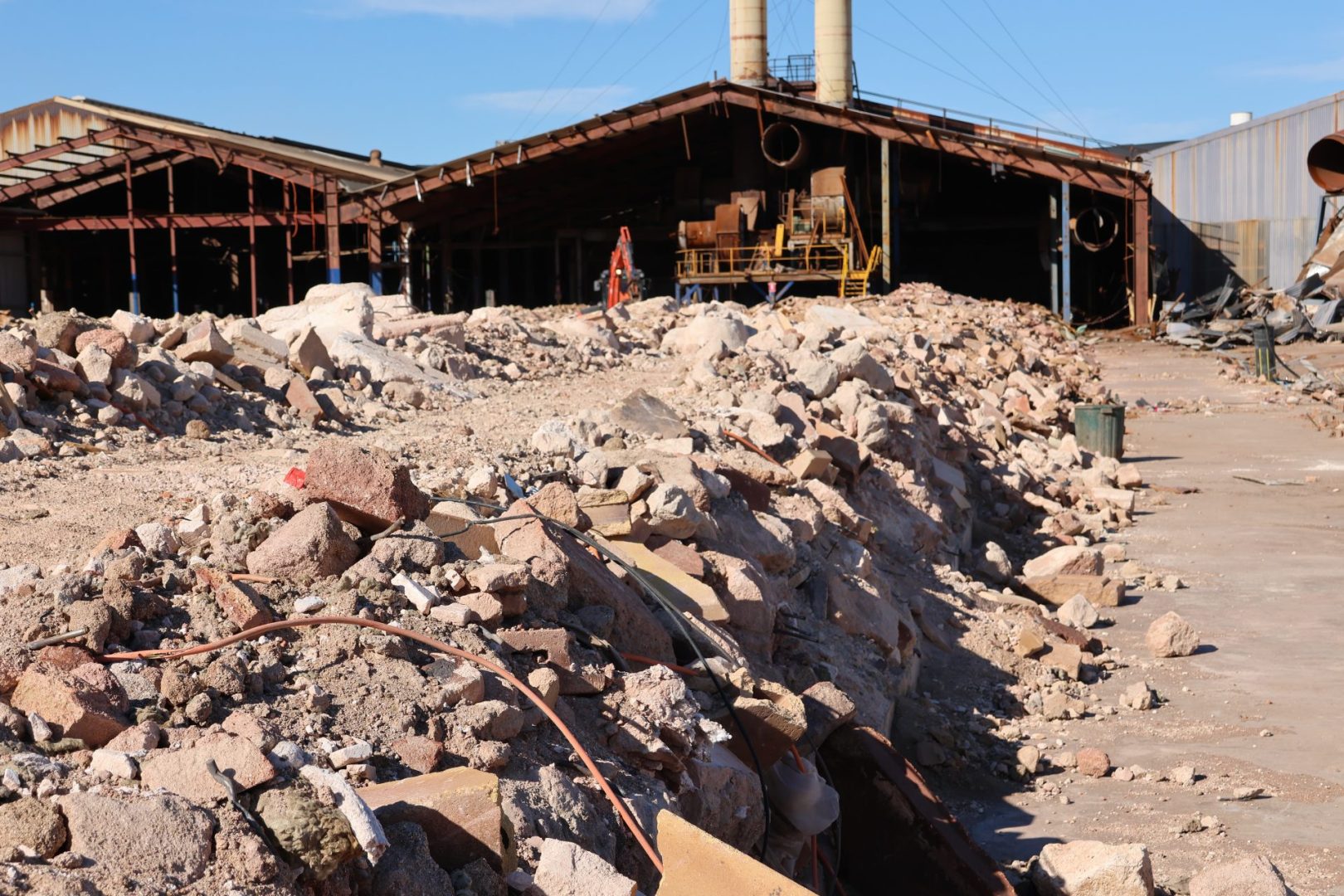
Issue:
During the demolition phase of the project at Austral Plant 3 in Horsley Park, routine soil and material analysis revealed the presence of PCBs, hazardous organic pollutants. The historical industrial use of the site led to improper handling or disposal of PCB-containing materials, complicating the demolition and construction processes significantly.
Challenge:
The primary challenges encompassed safely removing contaminated soil, preventing further environmental contamination, ensuring worker safety, and managing project delays and stakeholder concerns.
Site Assessment and Planning:
Comprehensive Site Survey: Perfect Contracting conducted detailed soil tests to map the extent of contamination and assess PCB concentration levels across different site areas.
Engagement of Specialists: Experts in toxic waste and environmental science were consulted to develop a robust remediation plan complying with environmental laws and safety regulations.
Implementation of Remediation Techniques:
Soil Excavation and Disposal: Contaminated soil was carefully excavated using specialized equipment to prevent PCB particle aerosolization. Subsequently, it was transported to approved hazardous waste facilities for safe disposal.
Chemical Stabilization: Chemical stabilization techniques were utilized in areas where excavation was not feasible, binding PCBs to reduce their mobility and bioavailability.
Installation of Barriers: Geomembranes and other barrier systems were installed to prevent PCB migration into surrounding clean areas.
Monitoring and Safety Measures:
Continuous Air and Soil Monitoring: Regular air and soil testing were conducted throughout the project to ensure decreasing contamination levels and prevent PCB escape into the environment.
Health and Safety Training: Comprehensive training on hazardous material handling was provided to all involved personnel, who were equipped with appropriate personal protective equipment (PPE).
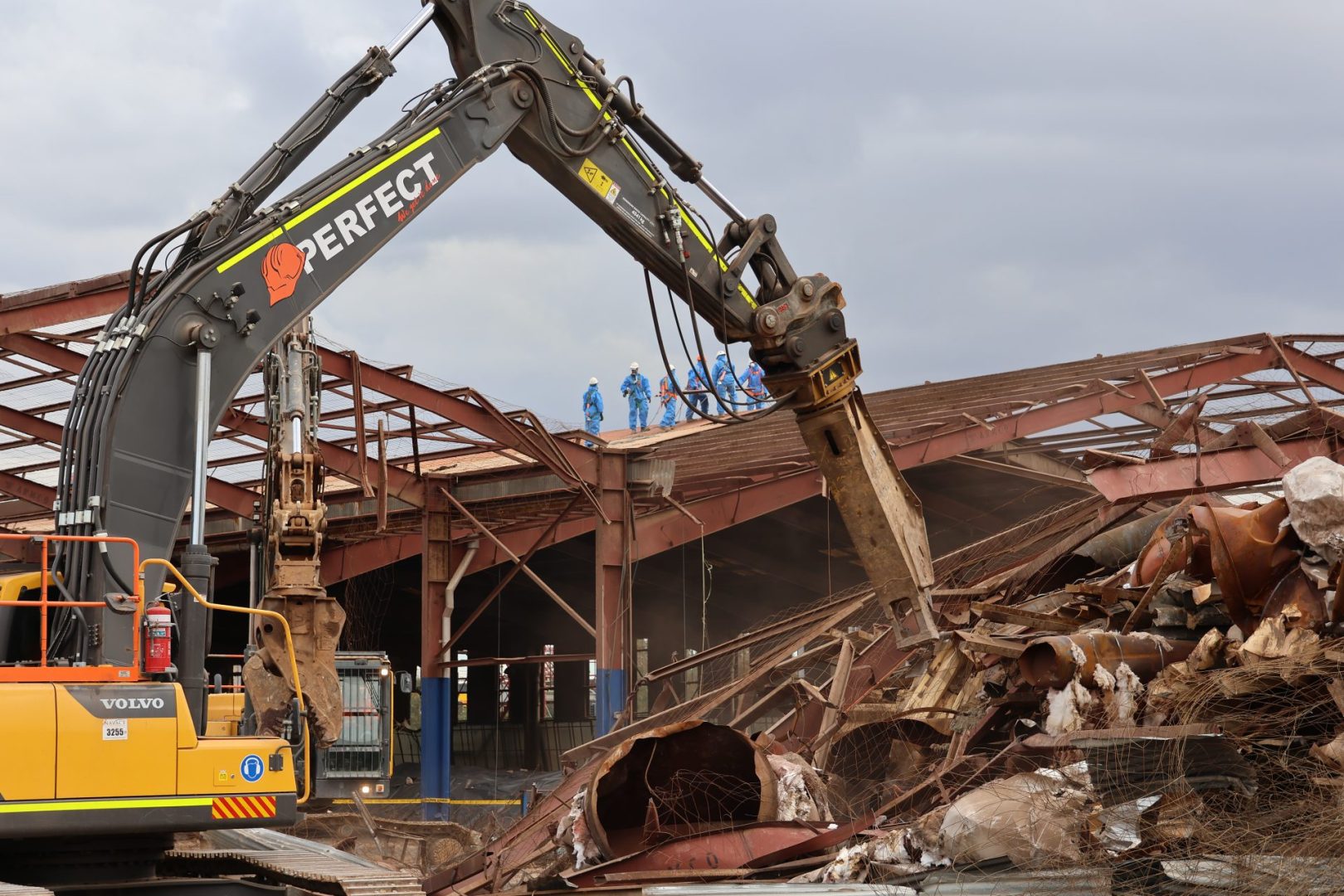
Why it was Difficult:
Health Risks: The toxic nature of PCBs necessitated extraordinary safety measures to safeguard workers and prevent public exposure.
Environmental Impact: Ensuring remediation efforts did not exacerbate environmental harm added complexity, requiring sophisticated containment and disposal techniques.
Regulatory Compliance: Navigating stringent regulations governing hazardous waste handling and disposal demanded significant legal and environmental expertise.
Perfect Contracting’s proactive and comprehensive approach to managing PCB contamination at the construction site demonstrated its capability to handle environmentally sensitive and complex projects. Through innovative remediation techniques, strict adherence to safety and environmental regulations, and effective stakeholder communication, the project was successfully completed, mitigating potential health and environmental risks associated with PCBs. This case study underscores Perfect Contracting’s commitment to safety, environmental stewardship, and community engagement, highlighting the technical and logistical challenges encountered and overcome throughout the project.


